Since the advent of the Internet and with more and more people looking for resources online, content theft has become a common problem these days. Most people do not even think twice before copying content or downloading and using someone else's images without permission. Although there are legal procedures you can follow, they are very time consuming, expensive and the chances of success cannot be guaranteed.
The best way to go about this is to prevent online theft from happening rather than fighting it. In this article, we will talk about how to protect your photos from being stolen online and this can prevent not all but most people from downloading and/or using your images.
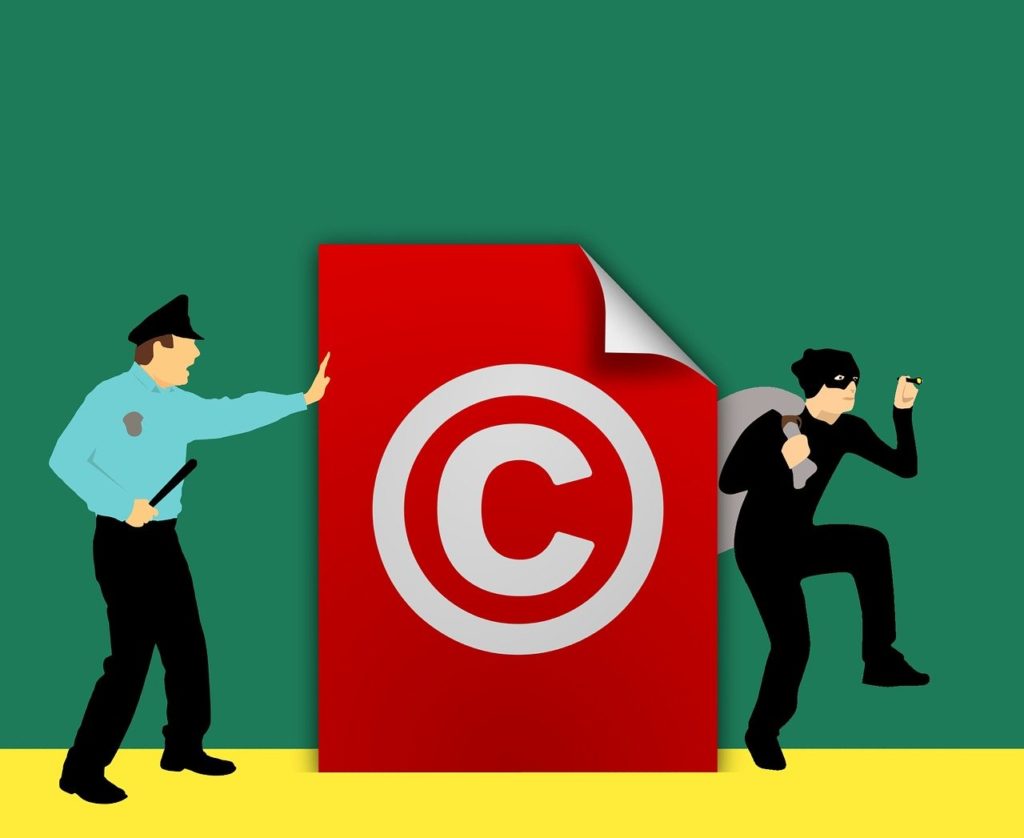
We all know that more and more people are having portfolios and blogs such as Flickr, 500px, Google images, Facebook, Instagram, VSCo, 1X, YouPic, ViewBug, Pinterest and so on, and it is getting easier to steal photos which is basically copyright infringement.
What Is Copyright?
Copyright is the legal rights of the owner that protects their work and stops others from using it without the owner's permission. It is simply the right to copy.
When you take a photograph, you automatically have copyright for the photo that you have taken. If you work for someone else and you have agreed to transfer copyright, then you can assign the copyright to another person by signing a contract. If someone wishes to obtain a copyright for your photo/s, then there are various ways to do it. This can cost the buyer quite a lot of money.
Any image that is used not following the rules above is illegal and can be subject to legal actions.

What Is Image Theft?
Without the permission of the photographer, if a person does any of the following, it is called image theft:
- Reproducing the image online or offline
- Manipulating or making changes to the image
- Printing and displaying it online or offline
- Making copies of the image for sale or other commercial purposes
Why Does Image Theft Happen?
Image theft could happen intentionally or non-intentionally. Many people think that they are free to use any image elsewhere for any purpose.
Some people who download various photos share them without credits, making it look like they are the owner of the image, but some even use stolen photos for commercial purposes, for print and sale, in books, postcards, ads, promotions, YouTube channels, etc., and generate revenue.
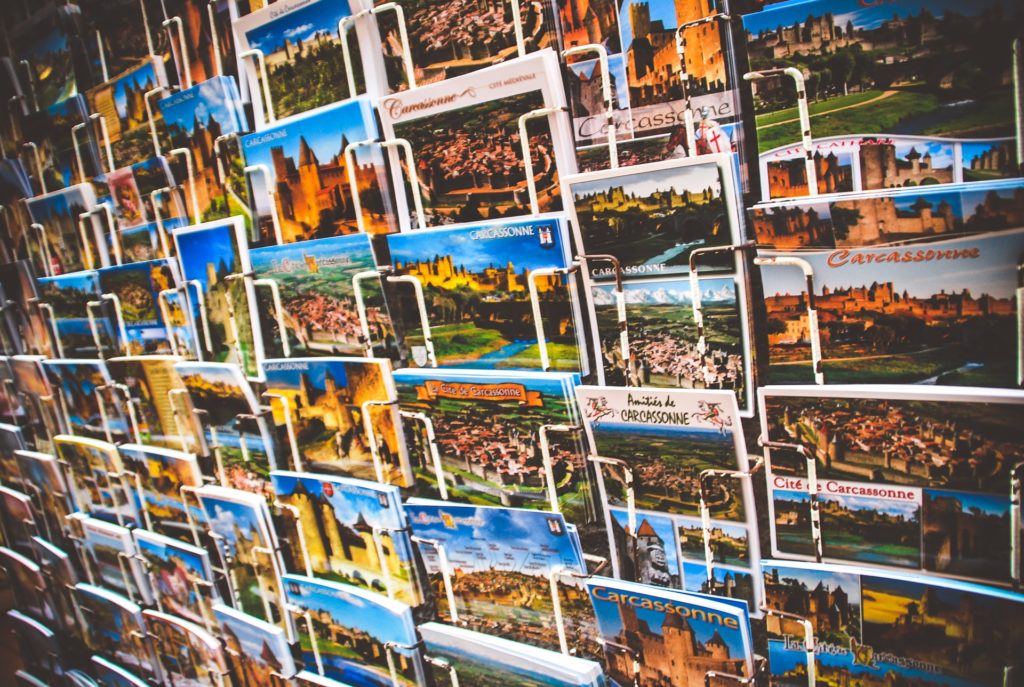
We know that photographers who own those photos have put in considerable amount of time, money and hard work along with their creativity into making stunning photographs and seeing someone stealing them is very upsetting. The worst scenario is when someone is making money out of your photos.
Whether a pro or an amateur photographer, nobody wants someone using their photos for free elsewhere, unless they have made it freely available. Although there is no way to completely stop people from stealing photos online, there are some precautionary measures and techniques we can use to reduce the chances of our photos getting stolen.
Here Are Some Ways To Protect Your Photos From Being Stolen Online:
Register Your Photos
Registering your photos for copyright is not a necessity, because the moment you take a photograph, your image is protected by copyright. If you are a professional photographer and make money from your photos, then having a legal document/certificate from the government would be an ideal thing as it will certify you as the rightful copyright holder of the image. The document can be helpful to back your copyright claim in court.
Not all countries have facilities to register copyright for images with the government, but wherever possible, you can fill in an application that contains your photos and submit it along with the copyright fee. Although it costs a lot of money, it is an advantage if you need to take legal actions when someone uses your photos without your permission as it will cover monetary damages.
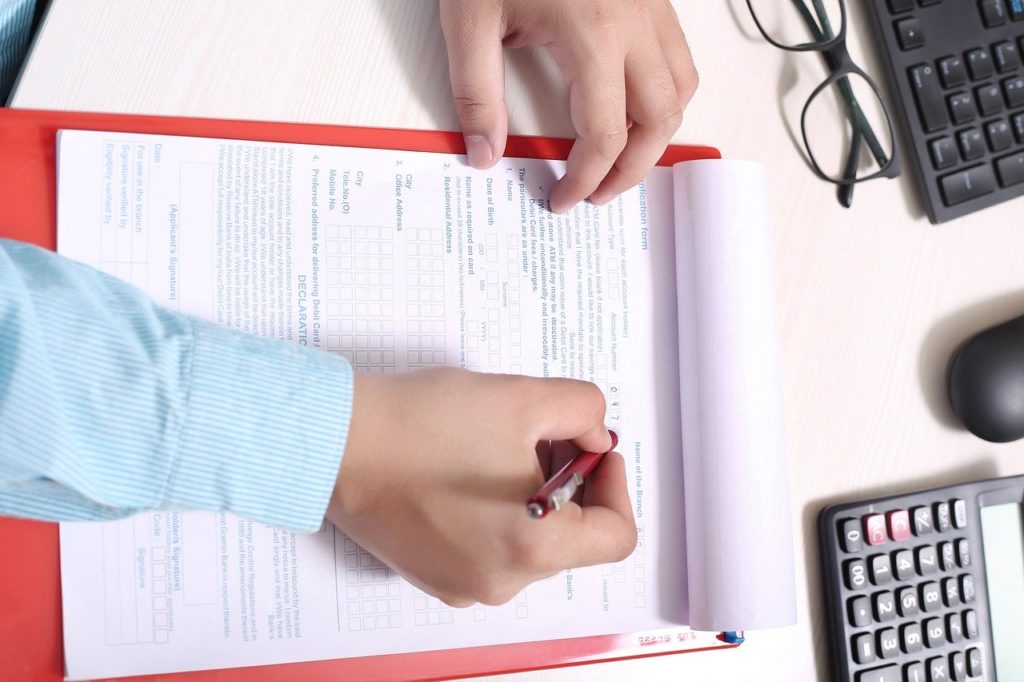
Watermark Your Photos
You can add a watermark to your photos, but this again depends on how you add the watermark to your images. Watermarks will tell people that the image belongs to you and needs written permission and/or copyright for it to be downloaded and used elsewhere. However, there may be people who really want the image and they can crop or clone off watermarks that cover a very small part of the image like the bottom or other edges of the image.
Watermarks should be added in a way that they are not easy to remove. If you are worried that it will make your photos look bad, you could slightly reduce the opacity of the watermark so it does not stand out in the image.
Another way to add watermark is to use a semi transparent watermark all over the image, so it makes it difficult for people to crop or clone out the watermark. This can be quite distracting when someone views your photos, but it is a great tool nevertheless.
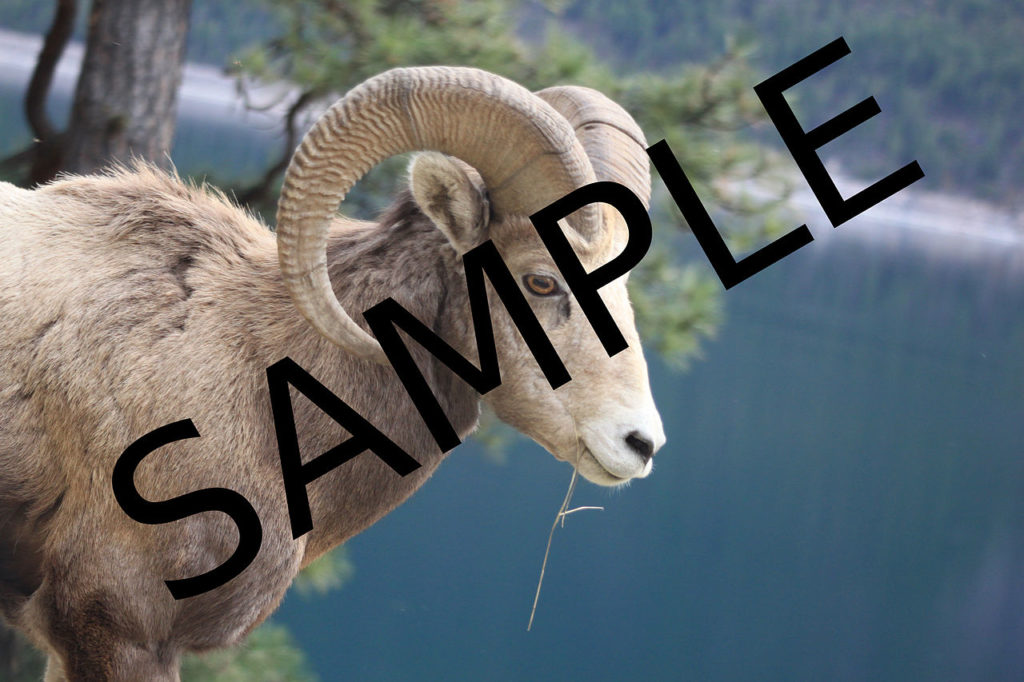
Use A Transparent/Invisible Watermark Or Barcode
Invisible barcoding or watermarking is something that needs to be done using an application like Digimarc, Imatag or Icemark. Invisible watermark is a digital pattern or code unique to your photo. This service is paid and the service that barcoded your image will crawl the internet to report back any of your stolen photos online. Once again, this does not stop anyone from stealing your photos, but helps you to trace where your photos are being used so you can take necessary actions.
Add Copyright Information In Camera
Most cameras these days will automatically include your name, copyright, website, email address, etc., along with other information and settings when you take the image if you have already input these information beforehand. Some cameras may allow you to do this manually. This way the copyright information is embedded in the metadata of the image.
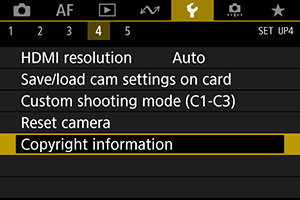
If your camera does not have this feature, look at the option below where copyright information can be added while post processing.
Add Copyright And Other Information To The Metadata
Most post processing applications have an option to embed copyright information into the file before exporting. You will need to modify the “Copyright” section of the file to include your information.
This is just one way to incorporate copyright information, but most social media and image sharing sites remove the information before the images are shared online as part of compressing the images.
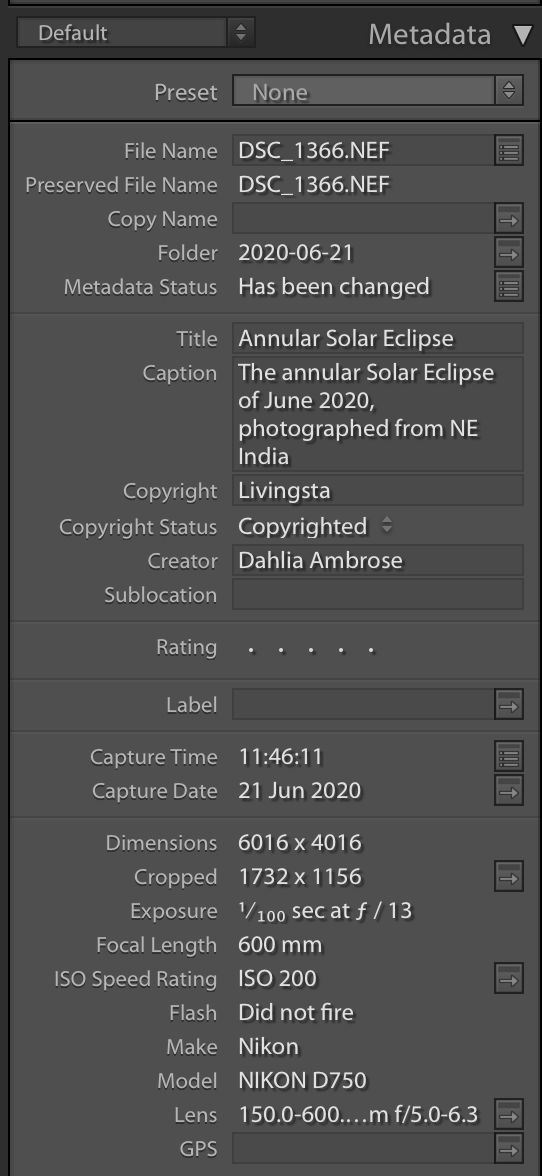
Disable Right Click
The fastest way people usually download photos online is simply by a right click and then selecting “Save image as” which downloads the image instantly onto their computer. One of the options to stop people from quickly downloading your photos is by disabling the “right-click” feature. There are plugins available that help with this feature, or you can do it via JavaScript or HTML codes, but bear in mind that this only disables right click feature – people can still download images via links or capture screenshots.
Use Plugins To Disable Screenshot
While we try and use various methods to deter people from stealing images online, people will sometimes simply use the screenshot feature to get the image they need. You can use plugins that prevent a page from being screenshot and that way images can be protected. This applies only to your own website and not for other sites where you upload your photos online.
Shrink Wrap The Photos
Shrink wrapping photos means adding a hidden layer on top of your photos. You have a transparent foreground layer so when someone saves the image using a right click option, the transparent layer is saved. This can be done using plugins like Shrinkwrap Images.
Disable Hotlinking
Hotlinking is when other websites link to/or embed images that are hosted on an external server which could be yours. By disabling hotlinks (by using plugins or by editing your .htaccess file) you can prevent people from embedding your photos on their website but this does not prevent people from downloading your photos. Many bloggers believe that embedding images is not wrong, so it is better to have that functionality turned off.
Add A Copyright Notice
You may have seen on most websites that there is a copyright notice somewhere on the site, mostly in the footer section. If you own a blog or an online portfolio where you upload your photos, then having a copyright notice on your website will let the people realise that you own the photos and stop most people from downloading your photos. It is best to have it somewhere in a prominent part of the page so users can see and know that it is your intellectual property and cannot be used without your consent.
You may need to mention that unauthorized use of the image is strictly prohibited, or something along these lines. While this will deter a few people from downloading your photos, it will not completely stop people from stealing them.
Display That Your Photos Are Copyrighted
You can also choose to add a copyright notice on the image itself, like a watermark. Although this can be cropped off, it will let the people know that the photos should not be downloaded without permission and used for personal or commercial purposes.
Display Copyright Message
You can choose to display a copyright message on “right click.” This way people who are unaware of copyright issues will stop using the images. Anyone who had an intention of stealing the image will think twice before they download.
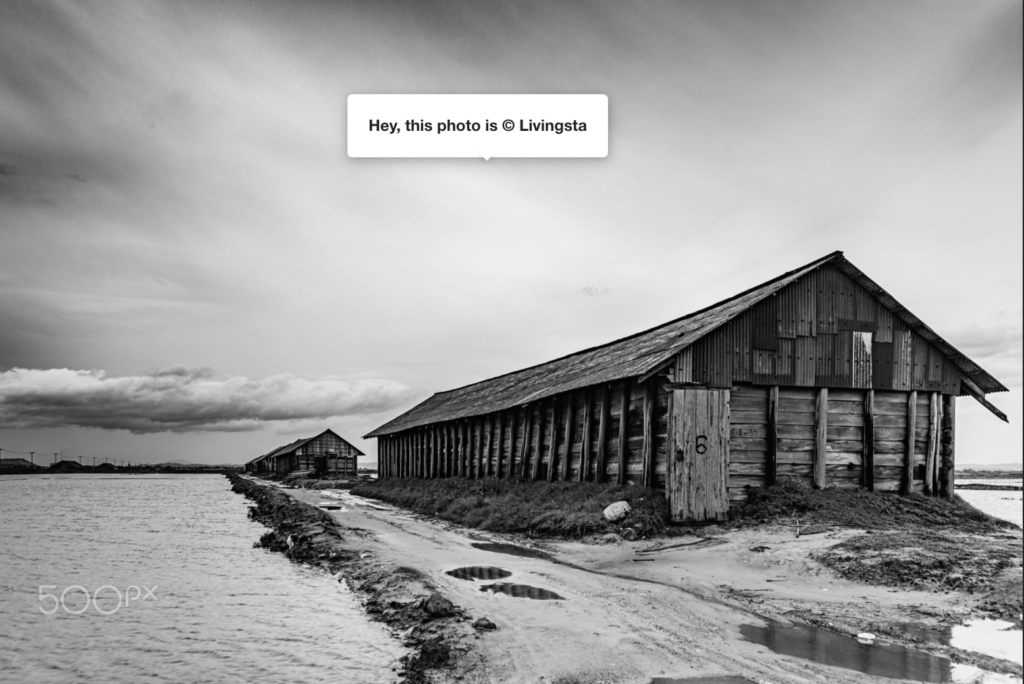
Add A Copyright Badge Or DMCA Badge
Digital Millennium Copyright Act (DMCA) provides its customers with tools to detect and prevent online theft. There are other websites that offer this service too like copytrack.com (here is a review), copyrighted.com, etc.
These websites provide a customized free badge that can be placed on your website. People will notice that you have taken extra steps to protect your images and that you are very serious.
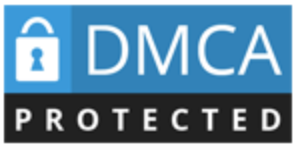
Do Not Share High Resolution Photos
Most photographers do not upload high resolution files online, but if you are someone who does that bear in mind that it is not a good idea. High resolution files can be used for a variety of purposes like making prints for selling and can even make you lose a copyright claim unless you have the raw file. An image with 1200 to 1600px on the longer side is more than enough and will look great when viewed online.
Moreover, low resolution images reduce page loading time and prevent people from printing your images.
Compress The Photos
Besides using lower resolution images, it is also good to compress the photos before uploading them. This helps greatly with preventing some actions if your photos get stolen. Compressing the image will decrease the file size and quality, but the image will still look good. This can be easily done in your post processing applications when exporting the final image.
Read Terms And Conditions
Many times, a third party site that you are uploading your photos to can cause problems with copyright. You need to read their terms and conditions carefully! Most of us just click “Accept” when terms and conditions are displayed, but it is always good to take the time and read them.
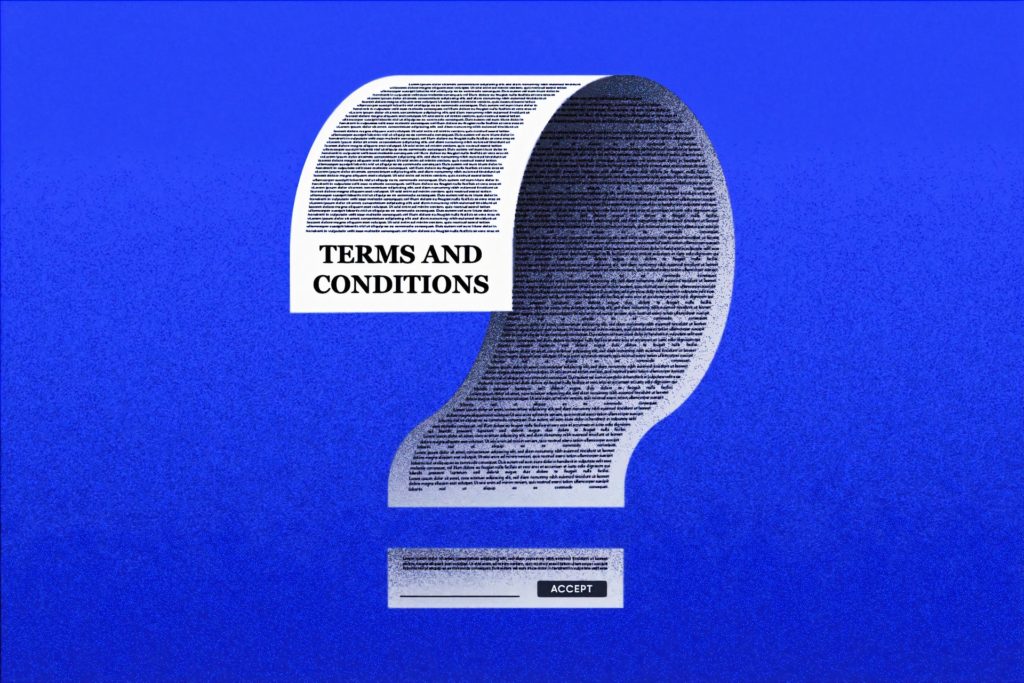
Some websites allow submitting your photos under a creative commons license, for example Flickr. Make sure you have chosen the correct option before submitting the images. In addition to this, some websites may use your photos for promotions, ads and other purposes. Terms and conditions usually vary between stock photo websites and social media websites.

There are also websites that let other websites embed images through sharing options. If you are unhappy with this, you need to stop uploading images and delete existing photos on the site.
How Do You Find Out If Your Photos Have Been Stolen?
It is quite difficult to know if your photos have been used online unless someone tells you about it or you find them yourself. There are also services like CopyTrack and Pixsy which crawl the internet and look for copyrighted images being used elsewhere.
Here are some ways to do a reverse image search:
Reverse Image Search Via Google
For a reverse image search via Google, you will need to go to Google Images and click on the camera icon in the search box.
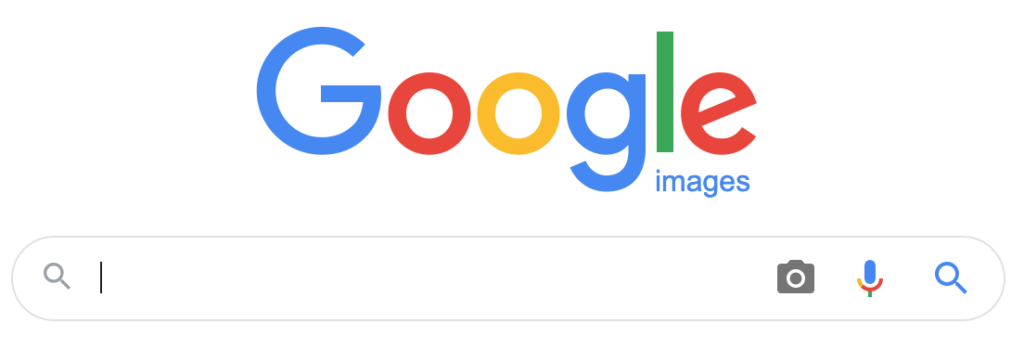
This will give you the option to use the image URL from your website or to upload the image from your computer.
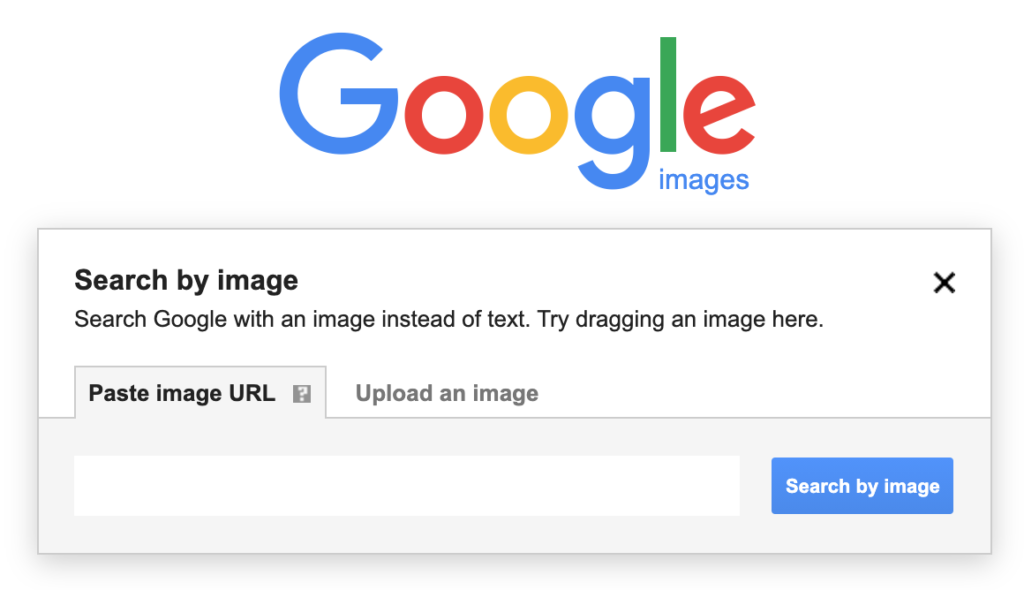
Google will display a list of images that look similar to the one you uploaded.
TinEye
TinEye is a reverse image search engine where you upload the image you need to search or provide the image URL. TinEye crawls the web constantly to see if your images are found elsewhere online and delivers daily reports mentioning where your images appear. TinEye also has an extension that you can use in your browser.
PIXSY
Pixsy is another service similar to TinEye and it scans the web to look for images similar to your registered images. They also work on a no win, no fee basis to recover fees and damages for unauthorized use of your images.
What Should You Do If Your Photos Are Stolen?
If you find that your photos have been used elsewhere without your permission, it can be very frustrating and upsetting. Deal with the situation in a calm manner by taking the following steps:
Request To Remove
If you see that your images have been used on a website, take screenshots for your reference and evidence in the first place. You need to find the contact details of the owner and get in touch with them via email. The contact details are usually on the website either in the footer or in the “Contact Us” section. If not, you may have to check their social media pages or do a google search.
Request To Pay
If the person using the image wishes to continue using it, you may want to request them to pay for the photo and then allow them to continue using it.
When requesting to remove or pay, it is important that you maintain professionalism by introducing yourself as the photographer and including evidence. Attach an invoice if they continue using the image.
In both cases, follow up a few times if you do not get a response. If the person declines to remove the image or pay for it, you could try filing a DMCA takedown so that the website host can remove the content that infringes copyright. If there is no response from the person after repeated emails, you may need to ignore the situation or take legal actions.
Take Legal Actions
Taking legal action when someone uses an image on a website may cost you a lot of money. You can ask the person to give you appropriate credit at least and link back to your site. However, if someone uses your images for commercial purposes you should fight the case in court.
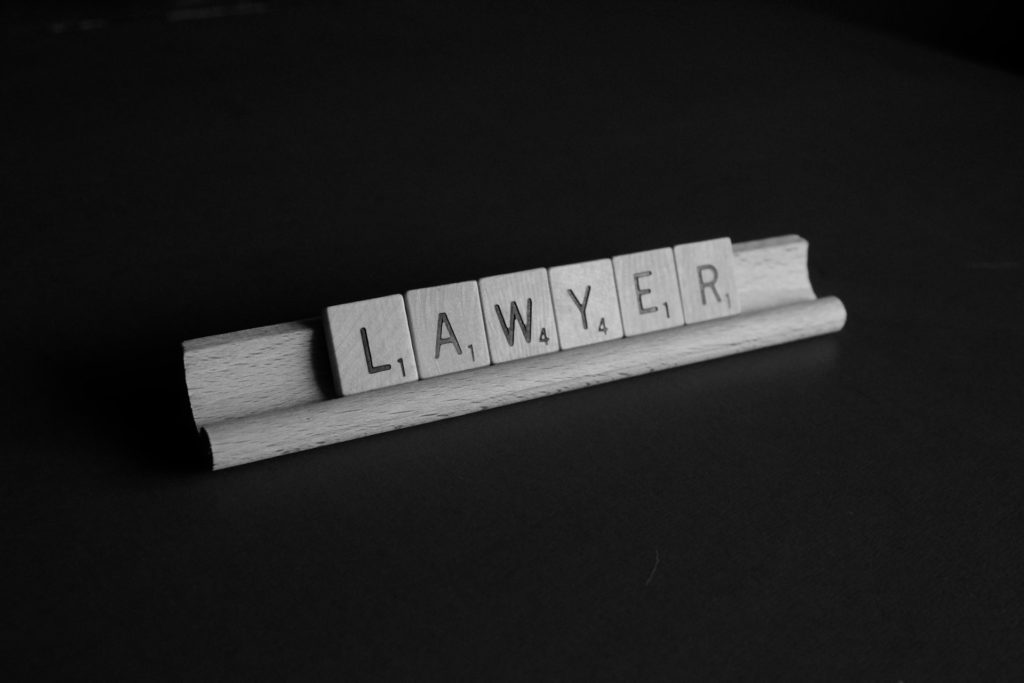
Conclusion
Although it is impossible to completely stop someone from stealing your photos online, it is useful to take some precautions discussed here.
You can combine the techniques that you think are beneficial to reduce the chances of image theft because all the methods discussed here have their pros and cons.
Have you dealt with image theft before? What was your experience with it? Let us know in the comments section below!
Further Resources:
- Here Are The Pros And Cons Of Watermarking Your Images
- Protect Your Images…By Adding Contact And Copyright Metadata To Them
- Why This Photographer Thinks You Should Watermark Your Photographs
- A Review Of Copytrack The Copyright Enforcement Website
- A Complete Guide to Protecting Images from Photo Theft
- Protecting Your Images Online?

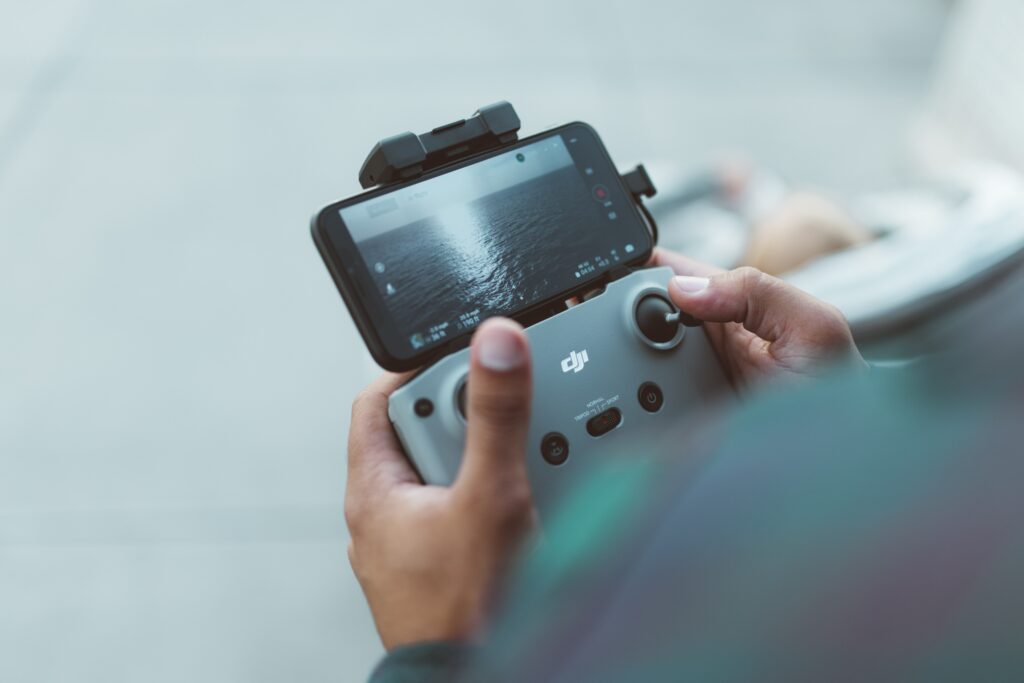

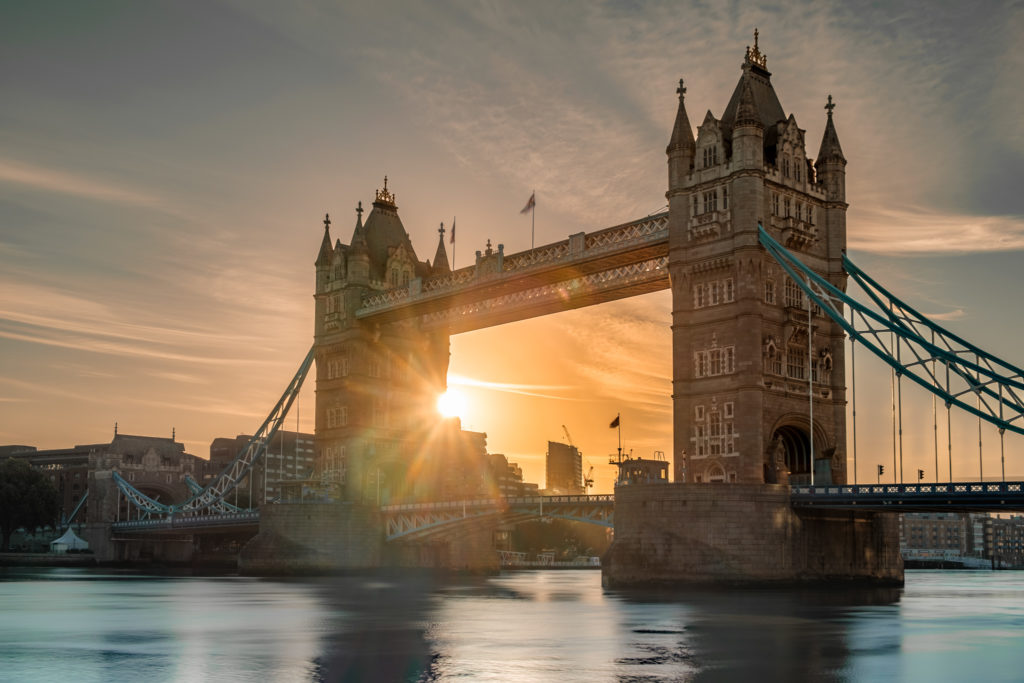
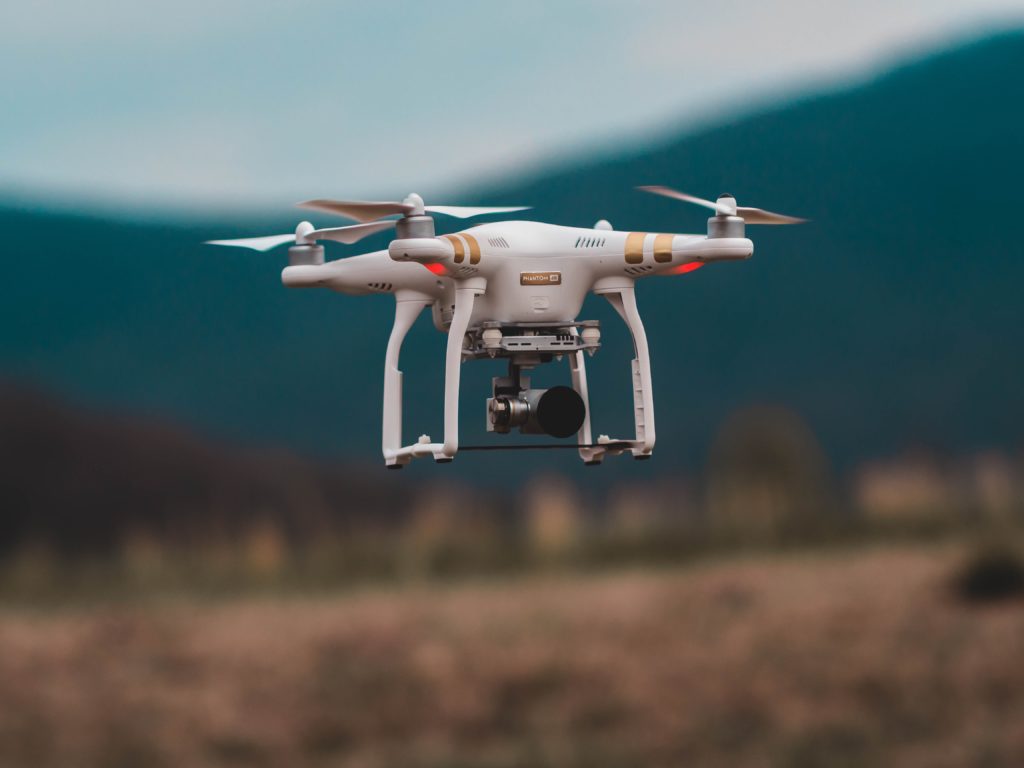
2 Comments
I use COPYTRACK to detect any misuse of my photos on the web. It works for me.
Thank you for sharing your experience 🙂